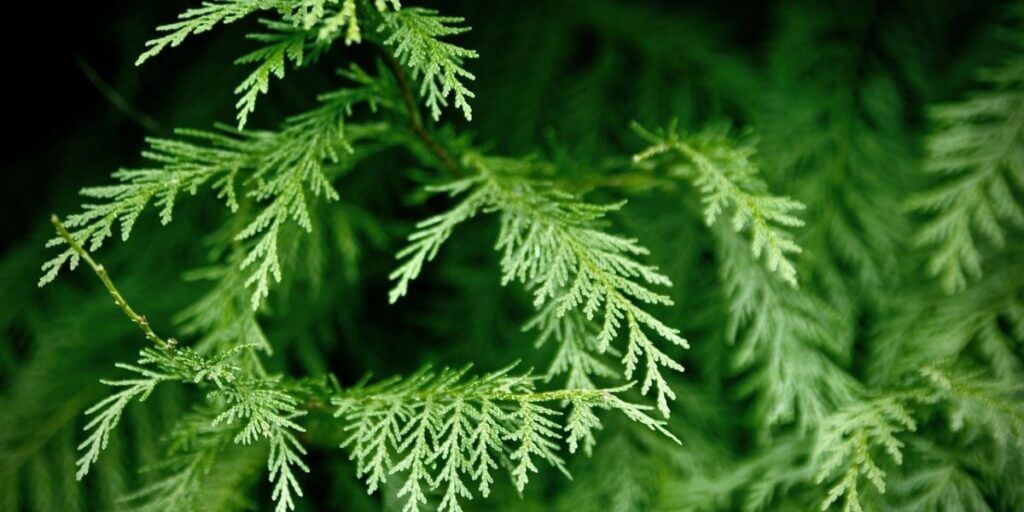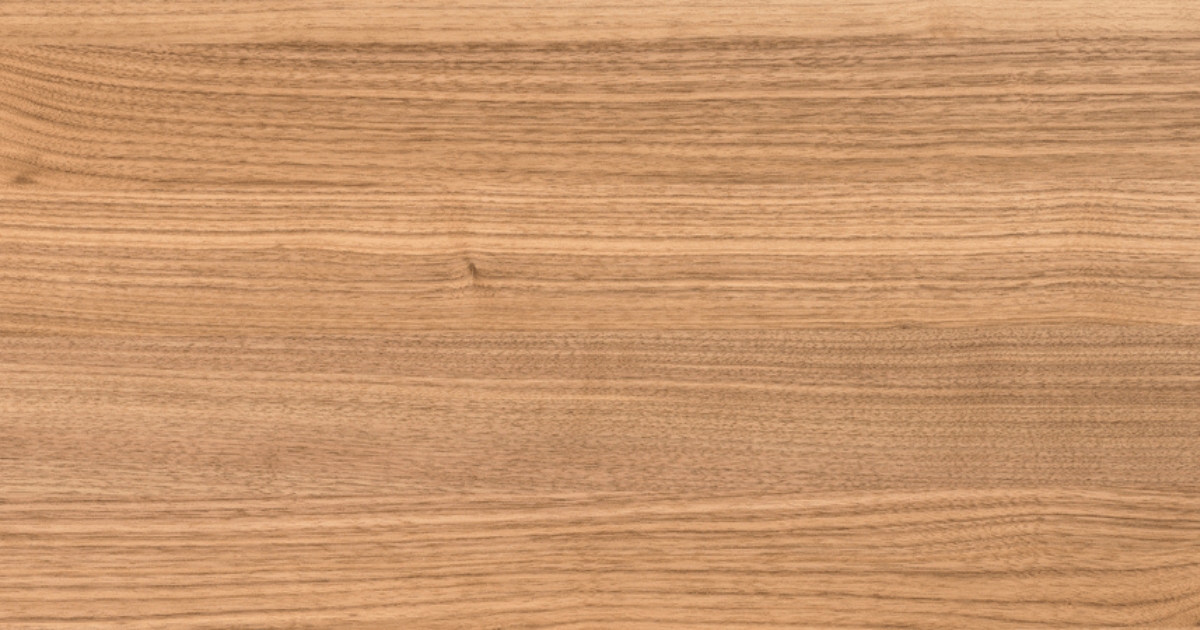Introduction
Northern white cedar is a straight-grained, gray or brown tropical hardwood species with occasional knots. It has richly textured grain with warm, making it suitable for shingles and furniture.
Northern White Cedar, also known as Eastern Arborvitae, and its scientific name “Thuja occidentalis”. It is native to eastern Canada, north-central, and northeastern United States.
Various parts of the tree have utility in the medical field, earning it the nickname “tree of life”. The juice, leaf oil, seeds, inner bark and leaves are used in medicinal practices. While some assert its affiliation with the cypress family, others argue it belongs to the pine family.
| # | Northern White Cedar |
| Scientific name: | Thuja occidentalis |
| Tree Size: | 50-65 ft (15-20 m) tall |
| Tree Trunk Diameter | 1.3-2 ft trunk diameter |
| Janka Hardness: | 320 lbf (1,420 N) |
| Uses | Fences, posts, shingles, piles, canoes, and outdoor applications. |
| Workability: | Overall good but poor screw-holding capabilities. |
Northern White Cedar Wood Uses
Building Construction: The wood is widely used for both commercial and residential construction. It is prized for its durability, resistance to decay, and workability, making it suitable for various purposes.
Outdoor Furniture: Northern White Cedar is popular for outdoor furniture. Its natural resistance to decay and insects makes it an excellent choice for patio furniture, benches, garden chair, etc.
Shingles and Roofing: The fine and straight grain of Northern White Cedar makes it suitable for manufacturing shingles. Its weather-resistant properties contribute to its effectiveness as roofing material.
Fencing: The wood is often used in the construction of fences. Its natural resistance to decay and insects enhances its longevity in outdoor applications.
Poles and Posts: The wood is used for making poles and fence posts, benefiting from its strength and durability.
Medicinal Purposes: Various parts of the tree, including the leaves, bark, seeds, and sap, are known to have medicinal properties. It is sometimes referred to as the “tree of life” in the context of traditional medicine.
Working With Northern White Cedar
It works easily with both hand and machine tools. However, it’s important to note that the wood is soft and weak, which may result in poor screw-holding capabilities. Additionally, sanding may be uneven due to the difference in density between the earlywood and latewood zones.
It glues and finishes well, and it holds paint and stain effectively. If you’re considering working with Northern White Cedar, be aware of its specific properties to ensure successful handling and application.
Pros of Northern White Cedar:
- Durability: Cedar is a naturally durable wood, resistant to rot, decay, and insect attacks. It has a longer lifespan, requires less maintenance, and is less prone to warping or splitting compared to other materials.
- Attractiveness: Cedar is known for its strong color tones and consistent appearance, making it an attractive option for decking. It can be sanded, stained, and treated to achieve a beautiful finish that enhances the aesthetic appeal of outdoor spaces.
- Environmentally Friendly: Cedar is an environmentally superior choice, with a net negative greenhouse gas effect. It is renewable, biodegradable, and sourced from sustainably managed forests, making it a more eco-friendly option compared to synthetic products.
Cons of Northern White Cedar:
- Sensitivity: Being a softer wood, cedar decking is more susceptible to scratches and dents from furniture and pet claws, potentially impacting its appearance over time.
- Maintenance Requirements: Cedar needs regular staining or sealing to maintain its condition. Even if you prefer an unstained, rustic look, periodic sealing is necessary to ensure longevity and prevent deterioration.
- Deterioration Concerns: Cedar, while long-lasting under ideal conditions, may degrade more quickly when used for ground-level decks or if exposed to shade. However, these concerns can be addressed through simple maintenance practices, such as re-sealing and regular care.
Northern White Cedar Tree Identification
It can be identified by its tree texture and leaf structure. It is a small to medium-sized tree. The size of the tree depends on the area and investment.
- It usually grows to about 50-65 feet high. The average length of its tree is about 30 feet.
- The diameter of an adult tree can be up to about 2 feet.
- It is a very slow-growing tree. Medium growth rate average 13-24 ″ per year.
- Its Burk color is pale brown, stringy, and fibrous in appearance. But when the tree becomes old and older, its bark color becomes reddish-brown to gray.
- It has evergreen leaves.
- This monoecious tree, Therefore, has two types of flowers in it (male and female flower). Its flower is 1/2 inch long, egg-shaped, and green. Their flowers are always in pairs of 2 to 6.
Northern White Cedar Bark
The color of the bark varies from pale brown to reddish-brown. The color of the newly grown bark is brownish or reddish-brown and its color becomes gray with the age of the tree.
Its bark can be easily removed by hand. the bark begins to peel more aggressively. After peeling the bark, we can see the fibers.
Northern White Cedar Leaf

A leaf can be easily identified due to the special texture of its leaves. The “leaf” of this tree is actually evergreen, and it is scale-like. The needle-like leaves are flattened and 1/8 to 1/4 inch long. Its leaves are so flat that they cannot be folded with the fingers. A flower (male and female) appears between its leaves. The Northern White Cedar tree has one node and two needle-like leaves.
Growth Rate
It is generally growing slower. The growth rate is 12 – 24 ″ per year under normal conditions.
Read another article
Incense Cedar vs Western Red Cedar: Identification of Incense Cedar and Western Red Cedar

